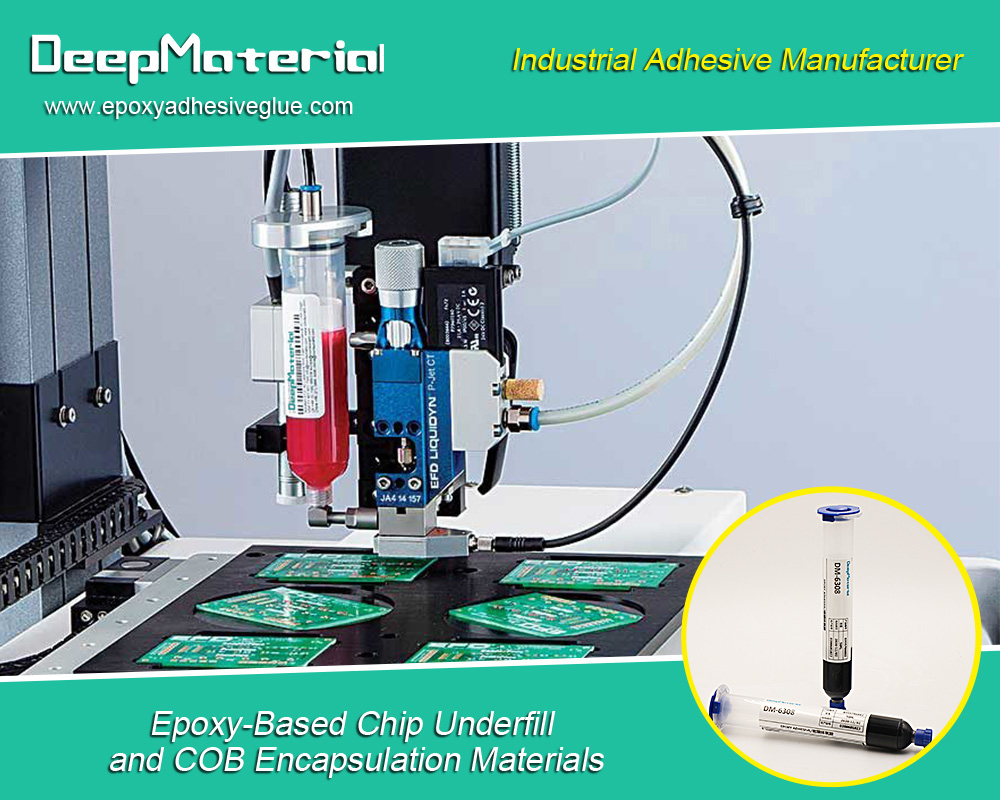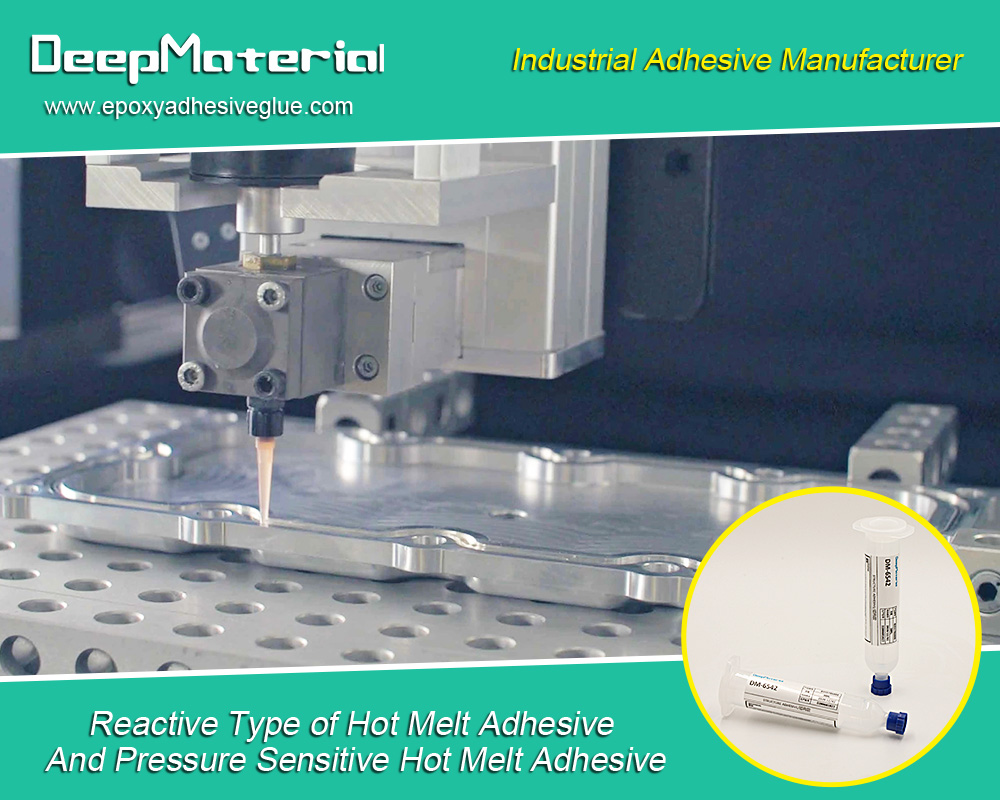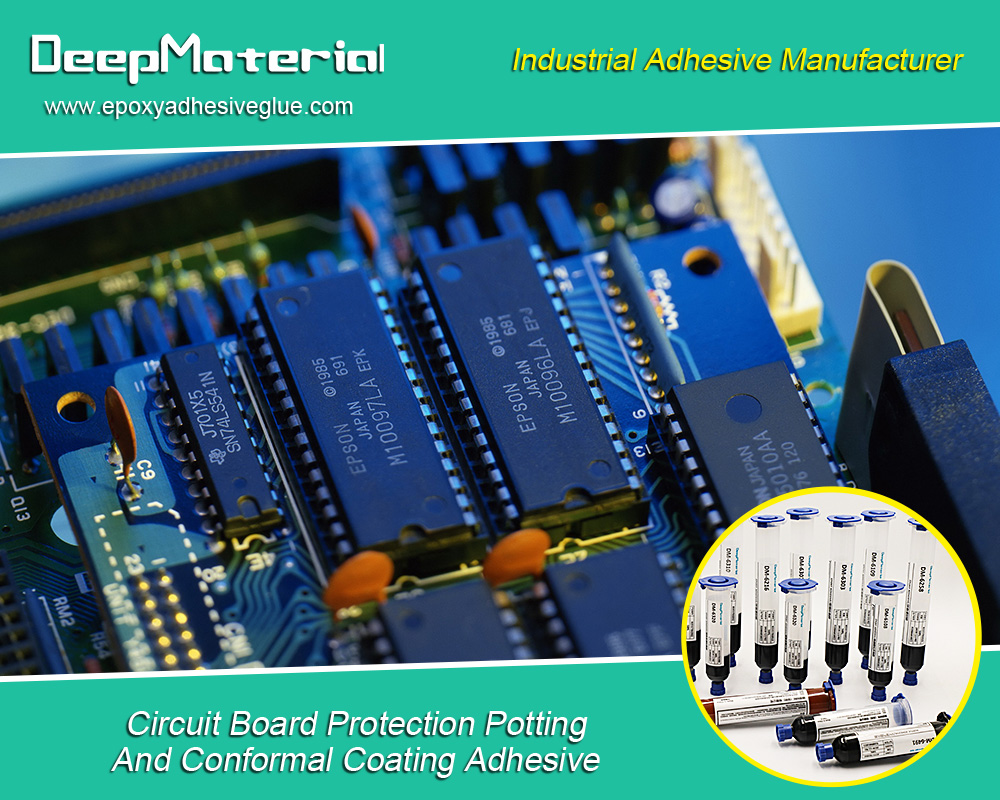BGA Underfill Epoxy: The Key to Reliable Electronics Assembly
BGA Underfill Epoxy: The Key to Reliable Electronics Assembly
The rapid advancement of electronics has pushed the boundaries of technology, making devices smaller, faster, and more powerful. As a result, Ball Grid Array (BGA) packages have become an essential component in electronics assembly, especially for high-performance devices like smartphones, tablets, and other compact gadgets. However, BGA packages face unique challenges due to their miniaturized structure and susceptibility to mechanical stress, thermal cycling, and vibration. One of the critical solutions to these challenges is using BGA underfill epoxy. In this article, we will explore the significance of BGA underfill epoxy in the electronics industry, its application process, and its role in enhancing the reliability of BGA components.
What is BGA Underfill Epoxy?
BGA underfill epoxy is an adhesive material used in electronics to fill the gap between the BGA package and the printed circuit board (PCB). It is applied after soldering the BGA components and plays a crucial role in increasing the mechanical strength and reliability of the assembly. The epoxy flows beneath the BGA and encapsulates the solder balls, forming a protective barrier that enhances the performance and durability of the component.
The Importance of BGA Underfill Epoxy in Electronics Assembly
BGA underfill epoxy is essential for the following reasons:
- Enhanced Mechanical Strength: Underfill epoxy provides additional mechanical support to the BGA package, reducing the stress on solder joints and preventing fractures or cracking.
- Protection Against Thermal Cycling: As electronic devices operate under various temperature conditions, the underfill epoxy helps absorb and distribute thermal stress, reducing the risk of solder joint failure.
- Vibration and Shock Resistance: Electronics often endure vibrations and mechanical shocks. The underfill epoxy adds an extra layer of protection, making devices more robust and resistant to external forces.
- Prevention of Moisture Ingress: Underfill epoxy acts as a moisture barrier, preventing contaminants and moisture from penetrating the solder joints, which can lead to corrosion or short circuits.
 Critical Properties of BGA Underfill Epoxy
Critical Properties of BGA Underfill Epoxy
BGA underfill epoxy must possess specific characteristics to be effective. These properties ensure optimal performance in electronics assembly and long-term reliability.
Low Viscosity
- Low-viscosity epoxy ensures the material can easily flow beneath the BGA package and completely encapsulate the solder joints.
- A fluid-like consistency allows the epoxy to fill all gaps, creating uniform coverage.
Thermal Stability
- BGA underfill epoxy must withstand high operating temperatures to prevent degradation.
- High thermal stability ensures the material remains durable and practical even in extreme conditions.
Adhesion to PCB and Components
- Strong adhesion between the epoxy, the BGA package, and the PCB is critical for reliable protection.
- The epoxy must adhere to electronic components’ electronic components made of materials like metals, ceramics, and plastics.
Curing Time and Method
- Curing is the process through which the epoxy hardens and solidifies. Depending on the assembly process, the underfill epoxy must have a suitable curing time.
- Some epoxies are cured with heat, while others can be cured at room temperature.
Coefficient of Thermal Expansion (CTE)
- The CTE measures how much the material expands or contracts with temperature changes. An underfill epoxy with a low CTE is preferred to minimize stress on solder joints during thermal cycling.
Types of BGA Underfill Epoxy
There are various types of underfill epoxies, each tailored for specific applications and assembly processes. The appropriate epoxy type is selected based on the type of BGA package and the device’s operating conditions.
Capillary Flow Underfill (CUF)
- CUF is the most common type of underfill epoxy used for BGA packages.
- It is applied after solder reflow and flows into the gaps between the BGA and the PCB through capillary action.
- The epoxy is cured by heat, solidifying, and providing mechanical reinforcement.
Non-Flow Underfill
- Non-flow underfill is pre-applied to the BGA before soldering.
- During the solder reflow process, the epoxy melts and fills the gaps, ensuring protection of the solder joints.
- This type of underfill is commonly used for flip-chip packages and stacked die assemblies.
No-Flow Underfill
- This type of epoxy is applied directly to the PCB before the BGA package is mounted.
- It requires less curing time and simplifies the assembly process by eliminating the need for a separate underfill application step.
Reworkable Underfill
- Reworkable underfill epoxy allows for easy removal of the BGA package if necessary, such as when repairing or replacing defective components.
- Heat or solvents can soften it, making it easier to remove than traditional epoxies.
Application Process of BGA Underfill Epoxy
Applying BGA underfill epoxy is a precise and critical step in electronics assembly. Proper application ensures that the epoxy protects the solder joints and enhances the device’s reliability.
Preparation
- The PCB and BGA packages must be thoroughly cleaned to remove contaminants, flux residues, or particles that may interfere with the epoxy’s adhesion.
- A clean surface ensures optimal bonding between the epoxy and the components.
Dispensing the Epoxy
- The epoxy is dispensed at the edge of the BGA package, allowing it to flow under the component.
- The amount of epoxy dispensed must be carefully controlled to prevent overflow, which can cause short circuits or interfere with nearby components.
Flow and Capillary Action
- The epoxy spreads beneath the BGA package through capillary action, filling all gaps and encapsulating the solder balls.
- This step requires precise control of temperature and pressure to ensure complete coverage.
Curing
- Once the epoxy is applied, it must be cured to harden and solidify.
- Depending on the type of epoxy, curing may occur at room temperature or through a heating process.
Advantages of Using BGA Underfill Epoxy
Using BGA underfill epoxy offers several advantages that contribute to electronic devices’ overall reliability and performance.
- Increased Durability: The epoxy reinforces solder joints, making them more resistant to mechanical stress, temperature fluctuations, and vibration.
- Improved Thermal Management: Underfill epoxy helps distribute heat evenly across the BGA package, reducing hotspots and improving the device’s thermal performance.
- Extended Device Lifespan: Underfill epoxy prolongs the operational life of electronic components by protecting solder joints from environmental factors like moisture and contaminants.
- Cost-Effective Solutions: Preventing solder joint failure reduces the need for repairs or replacements, ultimately lowering the total cost of ownership.
Challenges and Considerations in Using BGA Underfill Epoxy
While BGA underfill epoxy offers numerous benefits, it is essential to consider the challenges and limitations associated with its use.
- Proper Dispensing: The application of underfill epoxy requires precision and control to avoid over-dispensing or under-dispensing, which can lead to defects or performance issues.
- Curing Process: The curing process must be carefully managed to ensure that the epoxy reaches its full strength without warping or damaging the components.
- Compatibility with Other Materials: The epoxy must be compatible with the PCB and BGA package materials to ensure proper adhesion and performance.
- Rework Challenges: Removing traditional underfill epoxy for repairs or rework can be difficult. Reworkable epoxies provide a solution but may only be suitable for some applications.
Future Trends in BGA Underfill Epoxy Technology
As electronics evolve, the demand for advanced BGA underfill epoxy materials grows. Innovations in this field aim to address emerging challenges and improve the overall performance of electronic devices.
Nanotechnology-Enhanced Epoxies
- Incorporating nanoparticles into underfill epoxies can improve thermal conductivity, mechanical strength, and electrical insulation properties.
- Nanotechnology offers the potential for more efficient thermal management and enhanced protection of solder joints.
Environmentally Friendly Formulations
- There is a growing emphasis on developing eco-friendly underfill epoxy formulations that reduce environmental impact while maintaining performance.
- Lead-free and halogen-free epoxies are becoming more common in response to environmental regulations.
High-Speed Curing Technologies
- Innovations in curing technologies, such as UV and microwave, are being explored to reduce curing times and improve manufacturing efficiency.

Conclusion
BGA underfill epoxy is an essential component in modern electronics assembly, providing critical protection to BGA packages and ensuring the reliability of devices in various industries. Its ability to enhance mechanical strength, protect against thermal cycling, and resist vibrations makes it a valuable tool for manufacturers. As the demand for smaller, more powerful devices continues to rise, advancements in underfill epoxy technology will play a key role in shaping the future of electronics. Understanding the properties, types, and application process of BGA underfill epoxy can help manufacturers select the best materials for their assembly needs, ultimately improving the performance and longevity of electronic products.
For more about choosing the best BGA underfill epoxy: the key to reliable electronics assembly, you can pay a visit to DeepMaterial at https://www.epoxyadhesiveglue.com/category/epoxy-adhesives-glue/ for more info.











